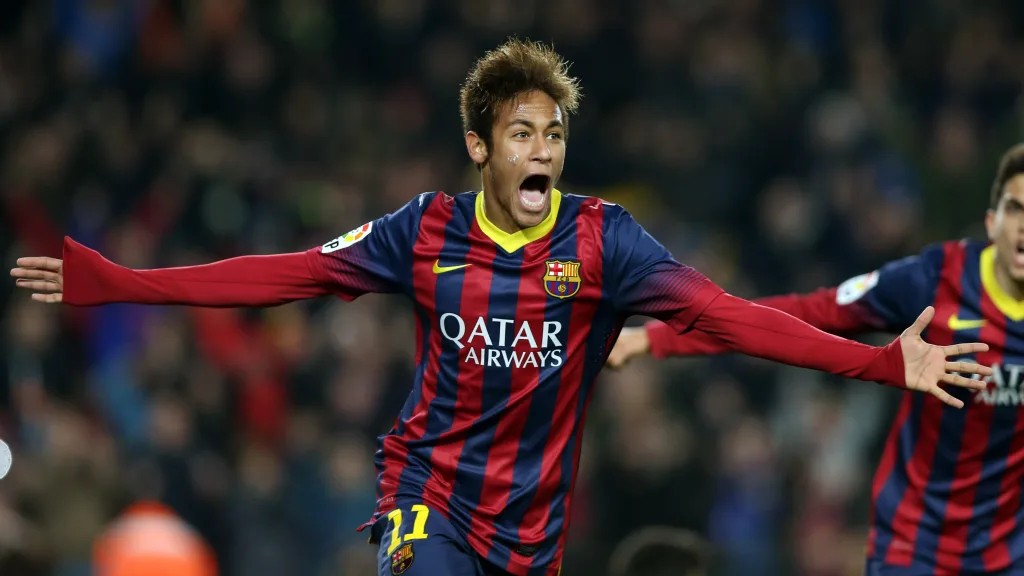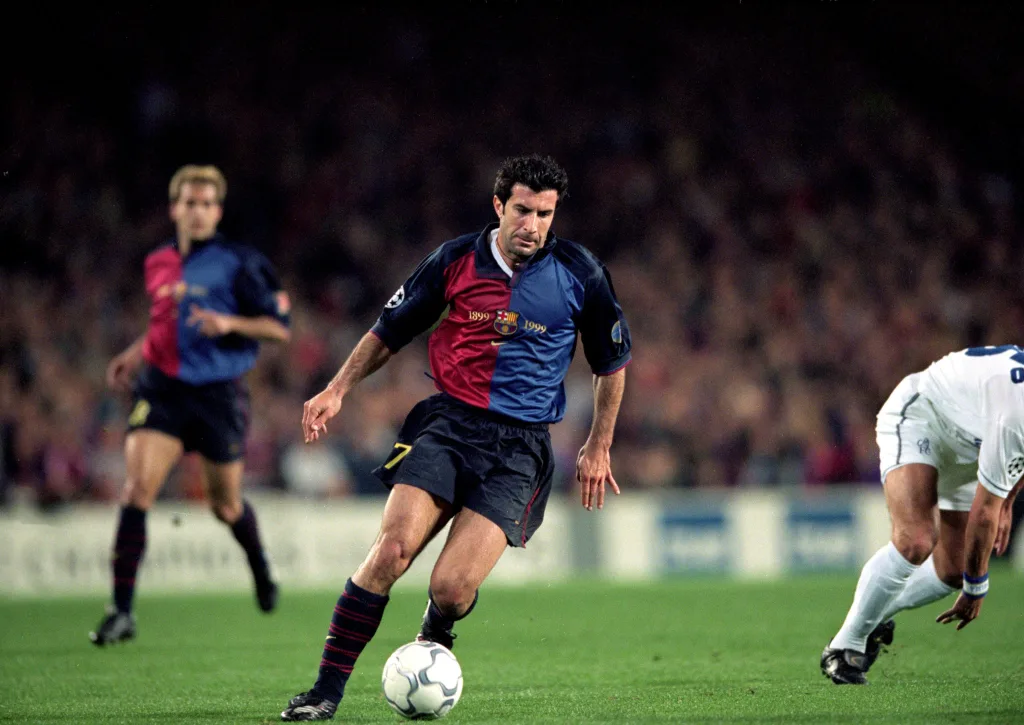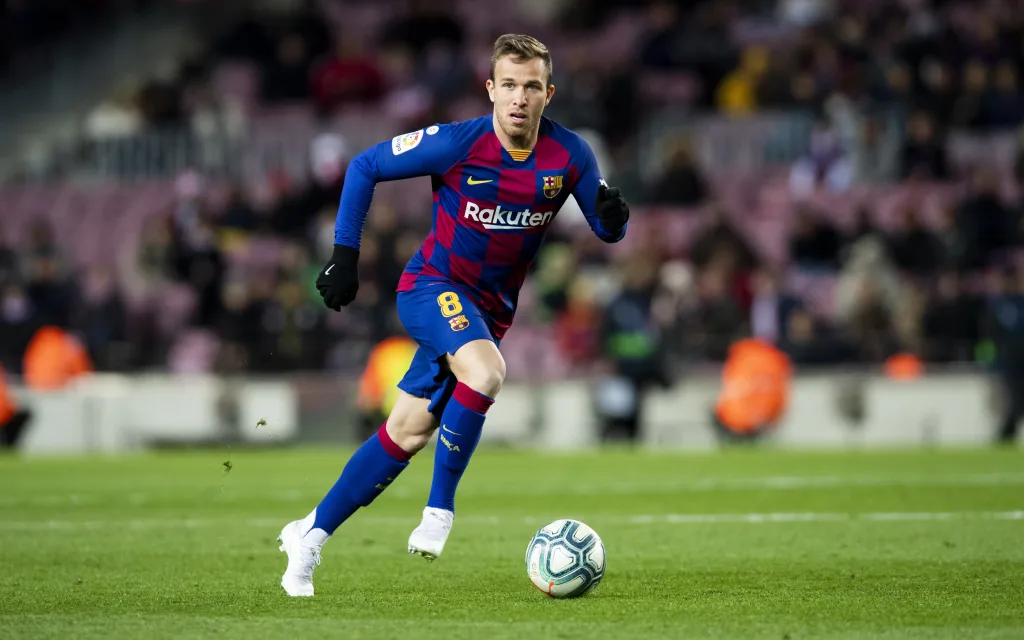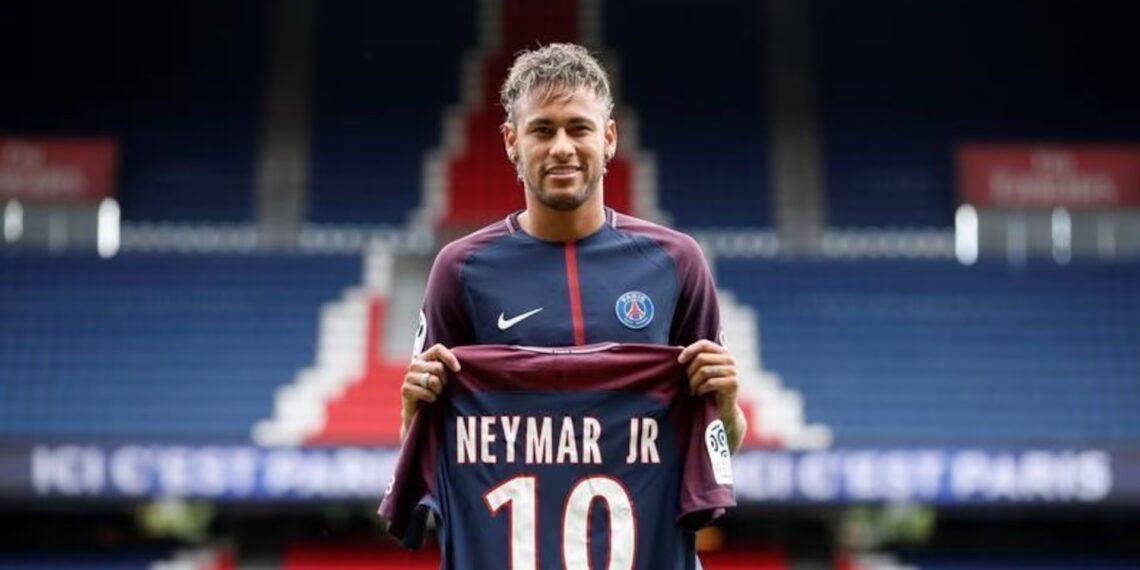FC Barcelona has long been synonymous with world-class talent, legendary players, and unforgettable moments. However, the Catalan giants have also made headlines for their remarkable ability to generate substantial revenue through player sales. From academy graduates to marquee signings, Barcelona’s transfer dealings have shaped both football history and their financial landscape.

The club’s approach to player sales reflects a strategic balance between sporting ambition and economic necessity. While some departures broke fans’ hearts, others provided crucial financial relief during challenging periods. This comprehensive analysis explores the Top 10 Sales by Barcelona of All Time, revealing the stories behind each transfer and their lasting impact on the club.
Table of Contents
The Evolution of Barcelona’s Transfer Strategy
Barcelona’s transfer philosophy has evolved dramatically over the decades. Once focused purely on sporting excellence, the club has increasingly recognized the importance of strategic player sales in maintaining financial stability. The emergence of La Masia academy graduates has particularly influenced this approach, with homegrown talents often commanding premium prices in today’s inflated market.
The modern era has seen Barcelona navigate complex financial challenges while attempting to remain competitive at the highest level. Player sales have become an essential component of their revenue strategy, funding new acquisitions and balancing the books during periods of economic uncertainty.
Top 10 Sales by Barcelona: The Complete Rankings
Here’s the definitive ranking of Barcelona’s most profitable player departures, showcasing deals that have defined the club’s recent history:
| Rank | Player | Destination | Year | Transfer Fee | Notable Achievement |
|---|---|---|---|---|---|
| 1 | Neymar Jr. | Paris Saint-Germain | 2017 | €222 million | World record transfer at the time |
| 2 | Arthur Melo | Juventus | 2020 | €82 million | Part of controversial swap deal |
| 3 | Luis Figo | Real Madrid | 2000 | €62 million | Most shocking transfer in El Clasico history |
| 4 | Ousmane Dembélé | Paris Saint-Germain | 2023 | €50 million | End of injury-plagued Barcelona stint |
| 5 | Antoine Griezmann | Atletico Madrid | 2022 | €50 million | Return to former club |
| 6 | Alexis Sánchez | Arsenal | 2014 | €42.5 million | Successful Premier League transition |
| 7 | Paulinho | Guangzhou Evergrande | 2019 | €42 million | Return to China after brief Barcelona spell |
| 8 | Malcolm | Zenit St. Petersburg | 2019 | €40 million | Quick turnaround after minimal playing time |
| 9 | Cesc Fàbregas | Chelsea | 2014 | €36 million | Former La Masia graduate’s departure |
| 10 | Nélson Semedo | Wolverhampton Wanderers | 2020 | €30 million | Move to Premier League |
The Neymar Saga: Breaking Records and Hearts
The departure of Neymar Jr. to Paris Saint-Germain in 2017 remains the most significant sale in Barcelona’s history. The Brazilian’s €222 million release clause was activated in a deal that sent shockwaves throughout the football world. This transfer not only set a new world record but also fundamentally changed the transfer market landscape.

Neymar’s time at Barcelona was marked by spectacular performances and crucial goals. During his four seasons at Camp Nou, he scored 68 goals in 123 appearances, forming a devastating attacking trio with Lionel Messi and Luis Suárez. The MSN partnership became one of the most feared forward lines in football history.
The financial windfall from Neymar’s sale provided Barcelona with unprecedented spending power, though the club’s subsequent investments failed to fully compensate for his departure. The transfer highlighted both the opportunities and challenges of modern football economics.
Controversial Departures That Shocked Football
Luis Figo’s Betrayal
Perhaps no transfer in football history has generated more controversy than Luis Figo’s move from Barcelona to Real Madrid in 2000. The Portuguese winger’s €62 million switch to their fierce rivals remains one of the most shocking betrayals in El Clasico history.

Figo had become a beloved figure at Camp Nou, serving as team captain and establishing himself as one of the world’s finest players. His decision to join Real Madrid sparked unprecedented fan fury, with his first return to Barcelona resulting in objects being thrown onto the pitch, including the infamous pig’s head incident.
Arthur Melo’s Complex Exit
The Brazilian midfielder’s €82 million sale to Juventus in 2020 exemplified Barcelona’s financial complexities. Arthur’s departure was part of a controversial swap deal involving Miralem Pjanić, widely viewed as an accounting maneuver to balance the books rather than a purely sporting decision.

Despite showing promise during his time at Barcelona, Arthur’s inconsistent performances and off-field issues contributed to the club’s willingness to cash in on the young Brazilian.
Financial Impact and Strategic Implications
Barcelona’s player sales have generated over €650 million from these top 10 transfers alone, providing crucial funding for new signings and operational expenses. However, the success of these sales varies significantly when considering sporting outcomes versus financial returns.
The club’s approach to player sales reflects broader trends in modern football, where financial fair play regulations and economic pressures influence transfer decisions. Barcelona’s ability to command high fees for both successful and underperforming players demonstrates their continued market appeal and negotiating strength.
Recent Market Trends and Future Outlook
The contemporary transfer market has seen Barcelona adapt their sales strategy to maximize returns while maintaining competitive squads. The departure of players like Dembélé represents a pragmatic approach to balancing financial books with sporting ambitions.
La Masia’s continued production of talented youngsters provides Barcelona with valuable assets for future sales. Players like Pedri, Gavi, and other academy graduates represent significant potential value in the transfer market.
Performance Analysis: Sales Success Rate
| Transfer Type | Average Fee | Success Rate | Market Impact |
|---|---|---|---|
| Academy Graduates | €45 million | 70% | High brand value |
| Marquee Signings | €65 million | 60% | Mixed results |
| Squad Players | €35 million | 80% | Efficient turnover |
| International Stars | €85 million | 65% | Global appeal |
The data reveals that Barcelona’s academy graduates often provide the best return on investment, combining sporting development with commercial appeal.
Lessons Learned and Future Strategy
Barcelona’s experience with major player sales offers valuable insights into modern transfer market dynamics. The club has learned to balance emotional attachments with financial realities, recognizing that strategic sales can fund future success.
The success of certain departures, particularly those involving players who struggled to adapt to Barcelona’s style, demonstrates the importance of timing in the transfer market. Conversely, the loss of established stars like Neymar highlights the challenge of replacing irreplaceable talent.
Moving forward, Barcelona’s sales strategy will likely focus on:
- Maximizing academy graduate values
- Strategic timing of departures
- Balancing sporting and financial objectives
- Maintaining squad competitiveness
These principles will guide the club’s approach to future transfers, ensuring they remain competitive while maintaining financial stability.
Read More: Hugo Ekitike Set for Anfield: Liverpool Close In on £69M Frankfurt Striker
FAQs
What is Barcelona’s most expensive player sale of all time?
Neymar Jr.’s transfer to Paris Saint-Germain for €222 million in 2017 remains Barcelona’s record sale and was the most expensive transfer in football history at the time.
How many Barcelona players have been sold for over €50 million?
Five players have been sold for €50 million or more: Neymar (€222m), Arthur Melo (€82m), Luis Figo (€62m), Ousmane Dembélé (€50m), and Antoine Griezmann (€50m).
Which Barcelona sale was the most controversial?
Luis Figo’s €62 million move to Real Madrid in 2000 is widely considered the most controversial, as he transferred directly to Barcelona’s biggest rivals and faced intense fan backlash.
Did Barcelona make a profit on all these player sales?
No, Barcelona made significant losses on some sales, particularly Antoine Griezmann (bought for €120m, sold for €50m) and Ousmane Dembélé (bought for €145m, sold for €50m).
How have these sales impacted Barcelona’s current financial situation?
These major sales have provided crucial revenue streams totaling over €650 million from the top 10 alone, helping Barcelona manage debt and fund new signings while navigating financial fair play regulations.








